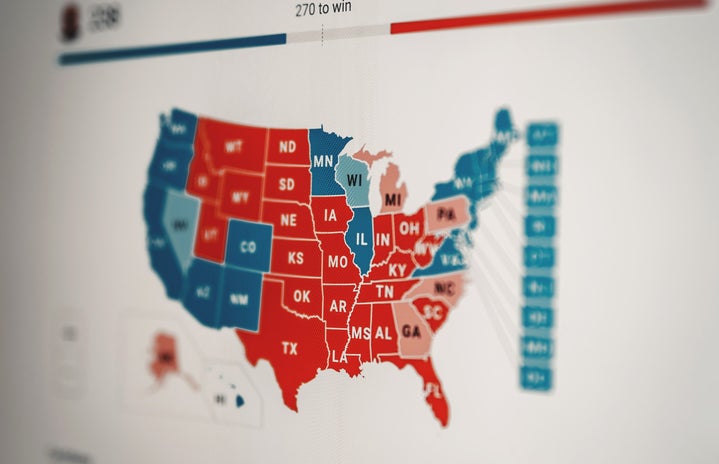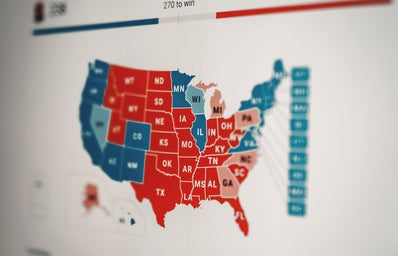In the upcoming 2024 presidential election, a dramatic rematch between current President Joe Biden and his immediate predecessor, Donald Trump, appears increasingly likely, setting the stage for a high-stakes political showdown that will shape the future of American politics.
The contest between these two titans of American politics is poised to be unique in modern history, with both candidates bringing their own strengths and vulnerabilities to the table.
The prospect of a Trump-Biden rematch has sparked intense speculation and debate among political observers and voters alike.
According to Lange, the race is taking shape as the Republican primary field narrows, with former UN Ambassador Nikki Haley facing diminishing prospects for victory.
As the dust settles, the stage is set for a head-to-head battle between Biden and Trump, with no shortage of contrasts and controversies to fuel the campaign.
One key dynamic shaping the race is the stark contrast between the two candidates’ records and personas.
Sean Spicer, former press secretary for the Trump administration, highlights the simple choice facing voters: those who benefited from Trump’s policies are likely to support him, while Biden seeks to portray his predecessor as a threat to democracy and the nation’s well-being.
This comparison, rather than a mere referendum on the incumbent, adds complexity to the electoral calculus and forces voters to weigh the candidates’ competing visions for the country.
However, both Biden and Trump face significant challenges as they vie for the presidency once again.
Biden struggles to sell his first-term accomplishments and combat perceptions of his age and energy levels, while Trump grapples with legal troubles, divisive rhetoric and lingering fallout from his efforts to overturn the results of the 2020 election.
Despite these hurdles, the stage is set for a bruising battle, with each candidate seeking to exploit the other’s weaknesses while touting their own credentials and achievements.
As the campaign unfolds, the electoral map looms large as a determining factor in the race’s outcome.
While national polls may show a tight race, the ultimate decision will be made in a handful of key battleground states, including Wisconsin, Pennsylvania, Michigan, Arizona and Georgia.
These states will once again play a decisive role in shaping the outcome of the election, underscoring the importance of targeted campaigning and grassroots mobilization efforts.
Economic factors are also likely to influence voter behavior, with Americans traditionally voting based on their wallets in national elections. Despite the Biden administration claiming positive economic indicators such as steady growth and low unemployment, many voters continue to harbor concerns about their financial well-being, particularly in light of persistent inflation and rising housing costs. Both Biden and Trump will seek to capitalize on these economic anxieties while touting their respective records on job creation and economic growth.
In addition to economic issues, social and cultural issues such as abortion and immigration are expected to feature prominently in the campaign.
Democrats are likely to emphasize the importance of reproductive rights and paint Trump as a threat to women’s health and autonomy, while Republicans will focus on immigration and border security, seeking to capitalize on public concerns about illegal immigration and crime.
As the campaign heats up, the potential for unexpected developments looms large, from health concerns for the elderly candidates to the emergence of third-party contenders or independent movements.
The outcome of the election remains uncertain, but one thing is clear: the stakes could not be higher, and the choice facing American voters is one of profound consequence for the future of the nation.


